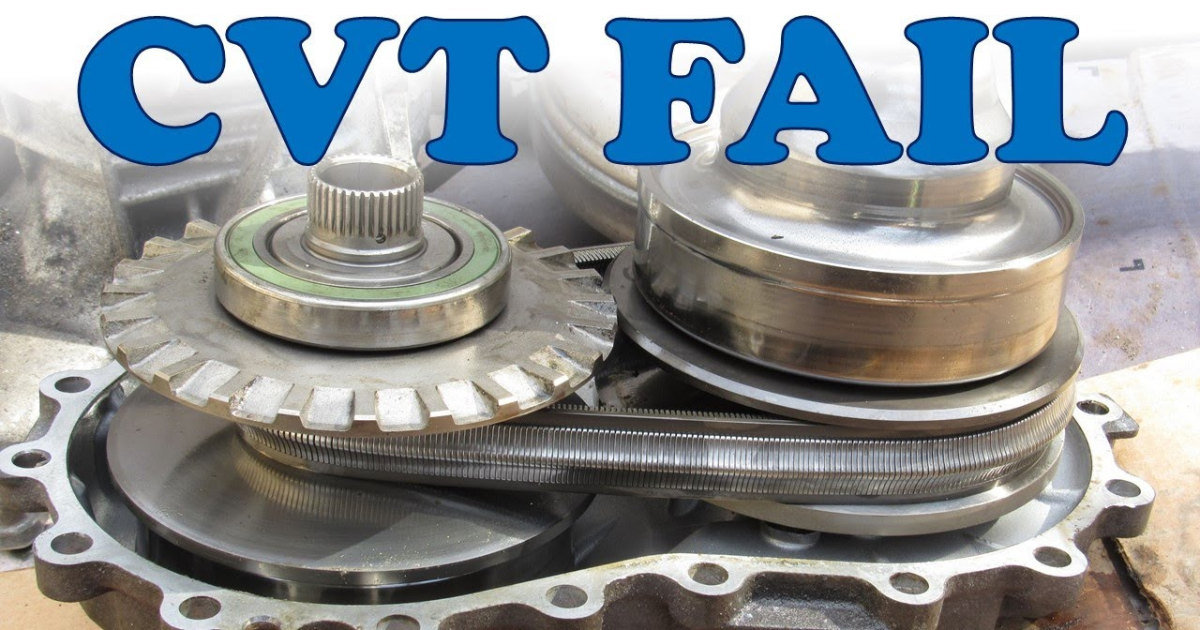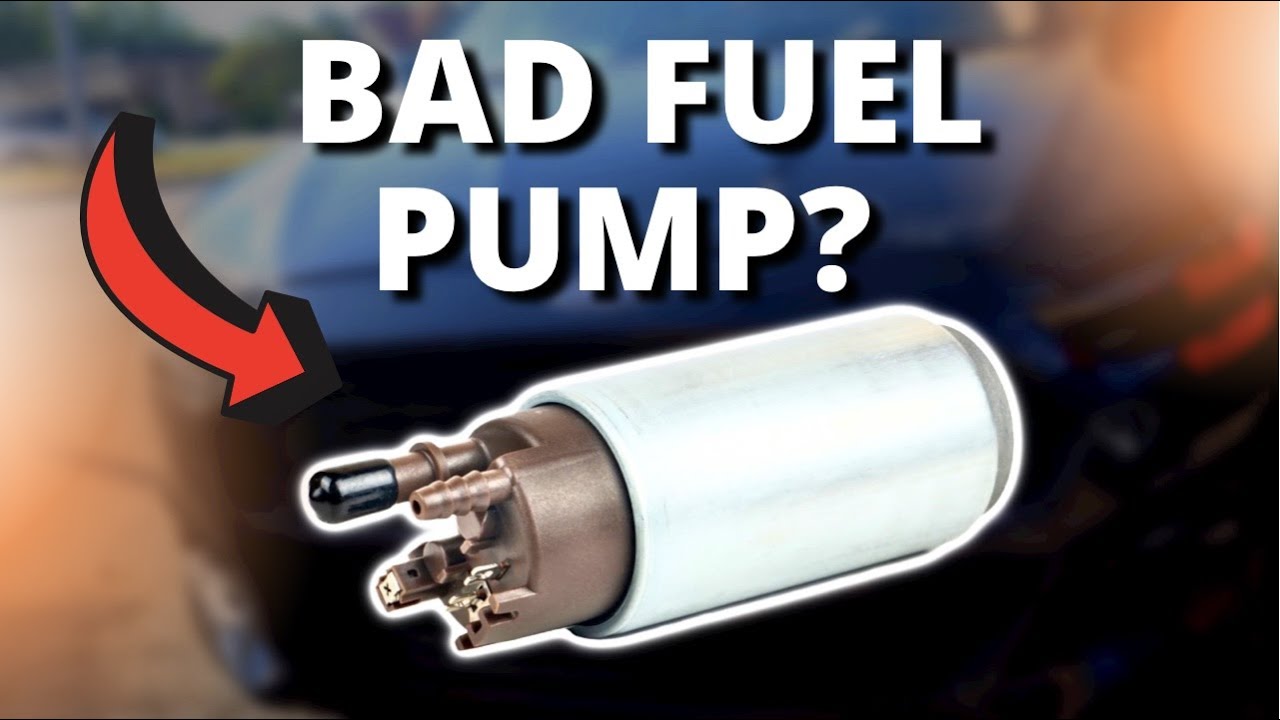Back in the day, there were only two types of transmissions: manual and automatic. The continuously variable transmission (CVT) is quickly rising in popularity as a result of advancements in the automobile industry.
However, you should be knowledgeable of the most typical CVT transmission issues before purchasing such a vehicle. Now you are prepared to take delivery of a car equipped with a continuously variable gearbox.
What Is CVT Transmission
“Continuously Variable Transmission” is “CVT” abbreviated. Despite its relatively recent rise to prominence, the design has been around for ages, with improvements providing even more efficiency. The idea came from Leonardo da Vinci in 1490, but it wasn’t until 1886 that Daimler and Benz officially patented it.
The continuously variable transmission (CVT) first appeared on Zenith motorbikes in 1910 and was introduced to the mass market by Subaru in the late 1980s. When it comes to compact and midsize cars, these days it’s hard to find a manufacturer that doesn’t offer at least one model with a continuously variable transmission (CVT).
Unlike traditional manual transmissions, continuously variable transmissions (CVTs) do not require the driver to press a clutch pedal. This enables the vehicle to effortlessly shift between a number of effective gear ratios as it travels. Different types of mechanical transmissions have a set amount of gear ratios and require strong shifting between them, making this one special.
Thanks to its shiftless design, the CVT system offers unmatched adaptability and maintains angular velocity at all output speeds. The outcome is a more refined acceleration, better gas mileage, and an enhanced driving experience overall. Tell me about the CVT system.
There is no need for gears in the CVT transmission system. Rather, it rests on a pair of pulleys that are linked to the wheels and the engine of the vehicle. The two pulleys can cooperate thanks to a movable belt or chain that links them.
The secret to the CVT’s operation is that the pulley width changes in response to the vehicle’s power requirements. So, when one pulley increases in size, the other one decreases in size. The two pulleys can offer an infinite number of gear ratios because of this flexibility, which is not found in other transmission systems.
Even though CVTs don’t really need gears, some of them are built to mimic the behavior of gear-based transmissions. Such continuously variable transmissions (CVTs) function by guiding the driver to predetermined shift locations using conventional shift levers or paddle shifters.
There is a noticeable difference in the construction of CVT systems. Current automobile transmission types are as follows:
- Pulley-based
- Toroidal
- Ratcheting
- Hydrostatic/Hydraulic
- Electrical
- Cone
- Epicyclic
- Friction-disk transmissions
- Magnetic
Most Common CVT Transmission Problems
Conventional transmissions are more complicated and feature more moving parts than CVTs. But, there are a few issues that are specific to these systems that are present in all automobiles. In order to avoid these issues, you need know what to look for in a CVT vehicle. In this approach, you will be prepared. Here are several issues that can arise with a car that has a continuously variable gearbox (CVT).
- Overheating
- Transmission Fluid Issues
- Sudden Loss of Speed/Acceleration
- Reliability Issues
Conclusion
Many advantages are available to drivers who choose for vehicles with continuously variable transmissions. You can get higher gas mileage, quicker acceleration, and a more pleasant driving experience with a vehicle that has a continuously variable gearbox (CVT). Be mindful, though, because CVT transmissions aren’t without their share of issues.
This article addressed some of the most often asked topics regarding CVT designs and detailed some of the most prevalent issues that affect CVT systems. By now, you should have a better understanding of CVT transmission issues, particularly as they pertain to specific automobiles, such as the 2021 Toyota Corolla.




